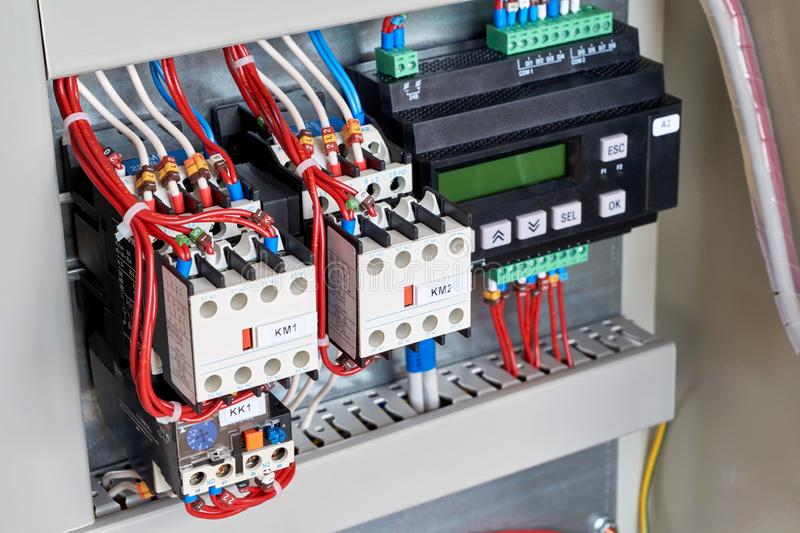Control relays are an example of how complex but interesting the wide world of electronics can be. Indeed, the sophistication of their processes, and the diverse applications that control relays possess, means that whether or not someone is a newcomer in learning about the ins and outs of many electronics – as indeed even experts find they can learn something new each day in the field – it is still common to regularly induce the aspects of control relays and their uses which offer something new to learn. Yet for anyone just learning about control relays for the first time, let’s now walk through some key fundamental facts about them.
The Definition of a Control Relay
A control relay (often known simply as a ‘relay’) is a switch. Specifically, it is a switch that’s electromagnetic. When utilised, a control relay enables electrical current to run through a coil – in its full term known as a conducting coil – which can close or open a switch thereafter. This said, it’s possible for the flow of electrical current through the coil that conducts it to be closed when the on and off switch is utilized. Thus, whenever the on and off switch is actioned the process can be controlled.
History of the Relay
Part of the reason control relays can be difficult to understand owes to their history. After all, relays have been around for over two hundred years! Given this – and all the variables in their technological development and advancement over the years – it’s not easy for someone who comes across a relay and is uncertain of its date to immediately have an idea of how it operates. This said, while reading and gaining a greater appreciation of the history of relays can always be time well spent, ultimately it’s possible to learn a lot by working backwards, and first coming to recognise where relays are used today, and then in what ways they became commonplace.
Where Are Control Relays Used?
There’s a wide variety of potential avenues for the use of a control relay. Control relays are commonly found in use in residences and businesses alike. They are a frequent site in specialist processes, as illustrated by their usage in power plants and power supply processes. Yet they are also found in more straightforward and general goods, such as heating, ventilation, and cooling (HVAC) appliances, and fridges.
Conclusion
As detailed at the outset, learning about control relays can be challenging.
This said, the good news is once there’s a solid foundation in place of the fundamentals surrounding control relays, there’s the opportunity to build upon that understanding in an easier and more efficient way going forward. This starts by gaining a comprehension of what exactly defines a control relay, and thereafter the history of relays, and how they’re used in homes and businesses each day across the world. These are the first steps, but indeed vital ones, and once they’re completed there can be confidence in the ability to learn further in a really effective way.



